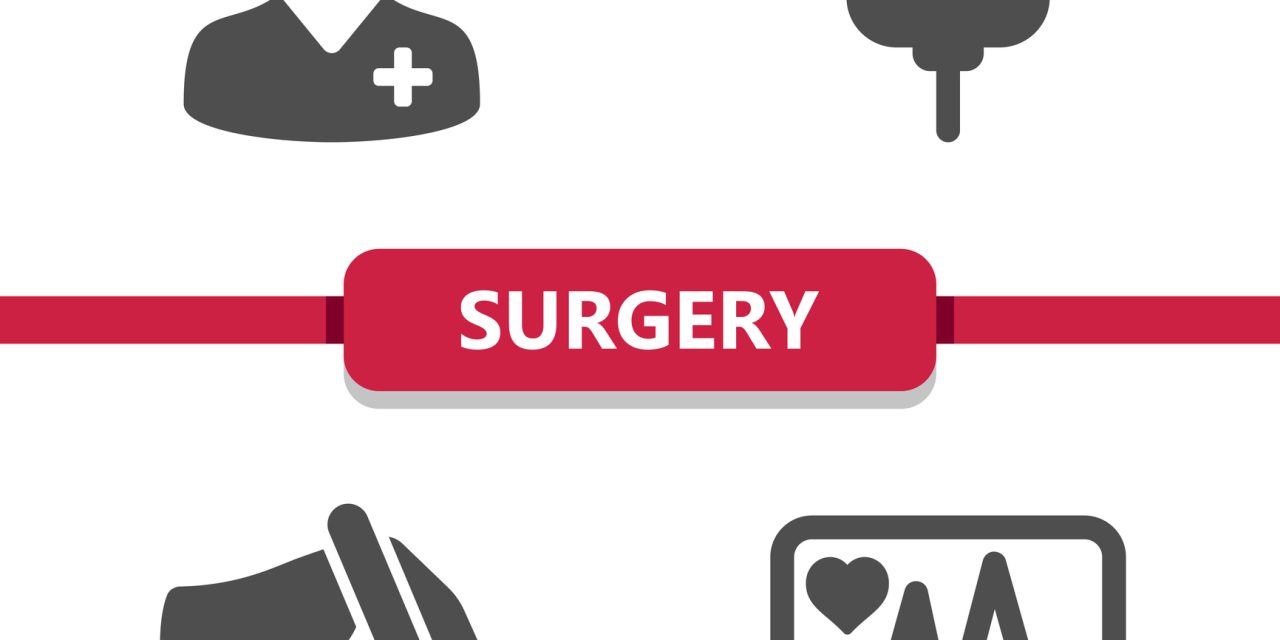To investigate minor procedures performed in general practice, to alleviate the burden on the economy, patients and secondary care physicians.
To determine the range of minor surgical procedures performed in a single group general practice, subsequent referrals made to secondary care, follow-up surgical procedures required and post-operative complications within a patient group.
Retrospective data collection from the electronic records of a single group general practice consisting of 5101 active patients within the previous 12 months. Through use of Socrates software program and statistical analysis, patients were stratified into demographics, including, age, gender, the cost of the procedure, the type of procedure being carried out, the post-operative referral rate to secondary care and any subsequent procedures required. The patients were excluded if their minor procedure was classified as a joint injection.
133 procedures were carried out over the 12-month period. Of these patients, the majority were male, and the mean age was 44 years old. The most common procedures included the removal of ingrown toenails, lesion excisions and punch biopsies. Histological analysis was done on biopsies, with a low rate of misdiagnosis pre-operatively. Additionally, there were minimal referrals and no complications recorded.
This study has demonstrated the ability for minor surgery to be safely carried out in primary care. The integration of general practice, general surgery and plastic surgery could provide a higher level of patient care and exchange of skills to help reduce waiting lists and alleviate the burden secondary care.
© 2022. The Author(s).
Minor surgery in primary care has reduced minor surgery waiting lists: a 12-month review.


